NID Grad Recycles Ceramic Waste to Make New, Eco-Friendly Tableware
The urge to do so first emerged during an industrial visit in 2017, when Shashank Nimkar’s class visited Khurja, a major ceramic hub in India.
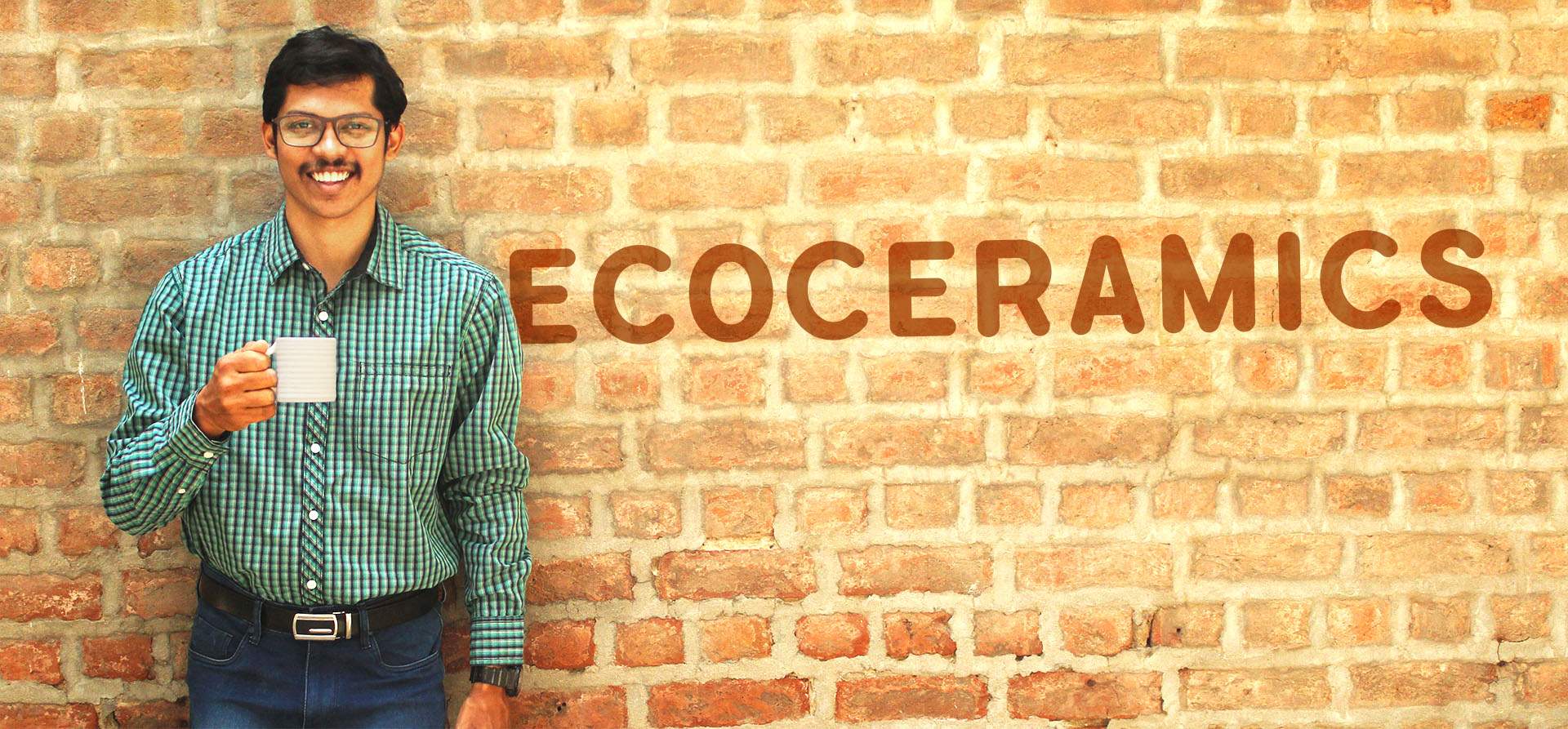
When someone talks about waste and recycling, the first thing that possibly pops into all of our heads is “plastic.” But truth to be told, there are far too many contenders out there that equally contribute to the ever-growing waste burden of the planet.
Like ceramic waste! Ever wondered what happens to all those ceramic tiles, utensils and showpieces that are manufacturing defects? Let’s get into the statistics of the ceramic tile industry to find out the figures of ceramic waste.
According to a 2014 report, the production of the global ceramic tiles market stood at 13 billion square metres in terms of volume. Another report states that approximately 2,50,000 tonnes of tiles wear out every year, and another ten crore tiles go into repairs.
“Just one sanitary ware cluster in India carries out production using around 7.2 Lakh tonnes of clay per year, out of which 21,600 tonnes of fired pieces go waste due to manufacturing defects. Multiply this by five decades of production at this cluster!” says Shashank Nimkar, a postgraduate student at the National Institute of Design (NID), Ahmedabad who is on a mission to develop ‘Recycled Ceramic Tableware’ from industrial waste as part of his graduation project.
The urge to do so first emerged during an industrial visit in 2017, when Shashank’s class visited Khurja, a major ceramic hub in India.
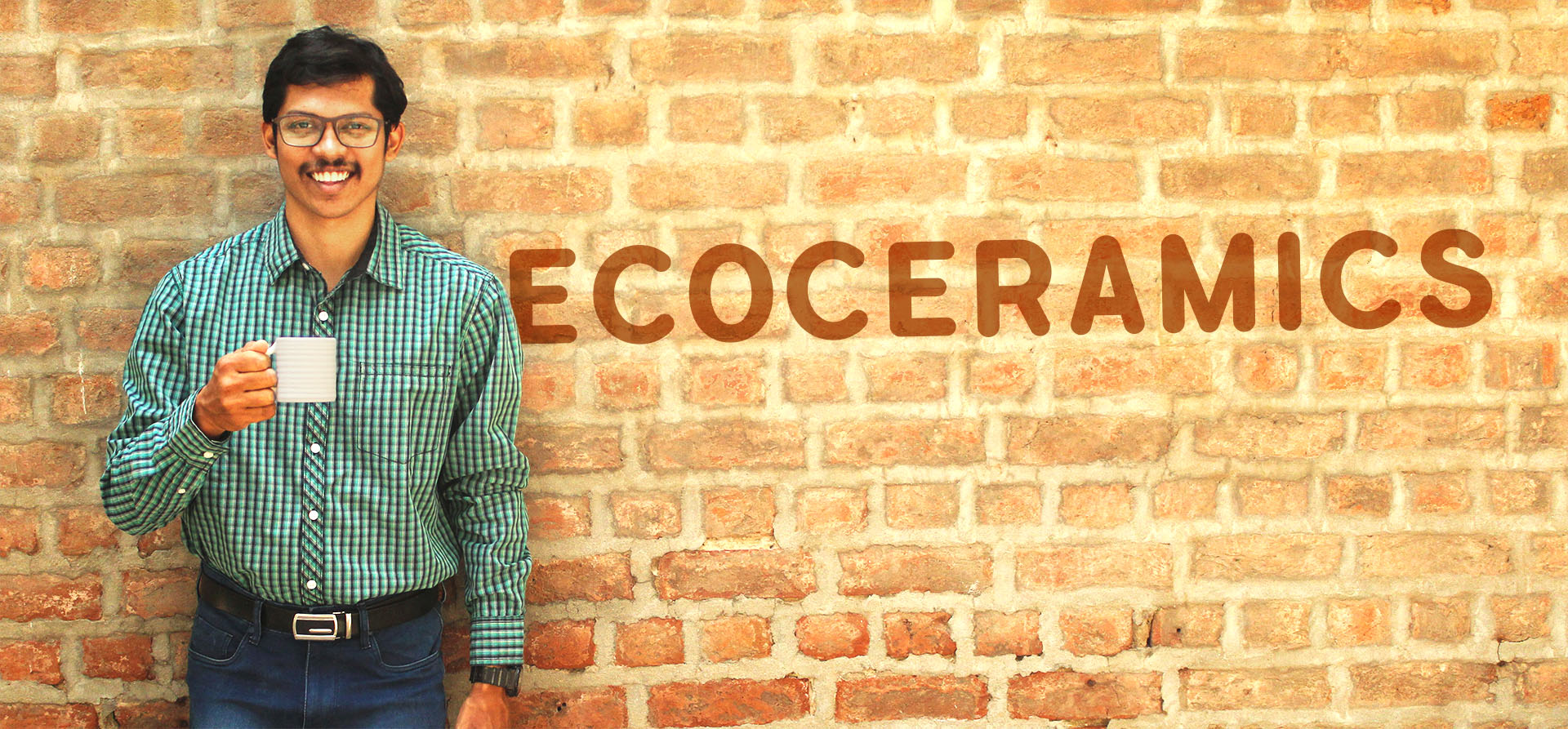
“My friends and I observed heaps of rejected ceramic pieces in almost every lane. Instantly, we had a chorused thought that something needs to be done about this!” he recalls.
Though talks were on, nothing took flight seriously on this topic until it was time for the class’s graduation project and Shashank jumped on the opportunity to work on a self-initiated project instead of taking up a paid internship at a firm or a studio.
Starting with finding out more about waste generation and processing in various countries, Shashank was surprised to find that there was no mention of ceramic waste.
“Everyone has been talking about segregating plastics and other materials at the source and otherwise, but there is no account on how users can dispose off their broken ceramic wares or how the ceramic waste of a demolished building is managed, which is a common feature nowadays. With Pollution Control Board getting stricter with every passing year, this inert waste was increasingly causing a menace,” he says.
He further sheds light over how ceramic lives for a longer time than plastic under the earth.
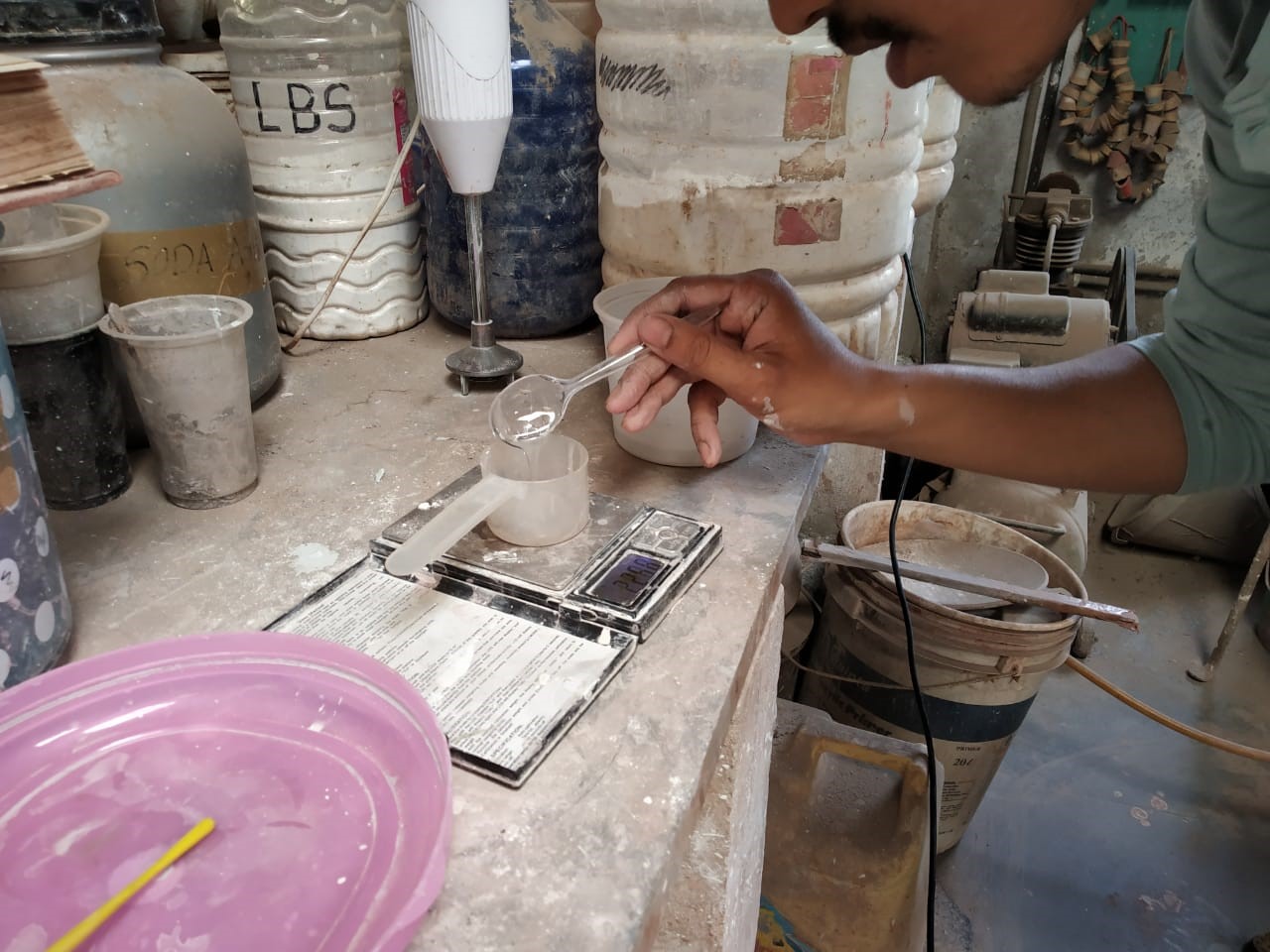
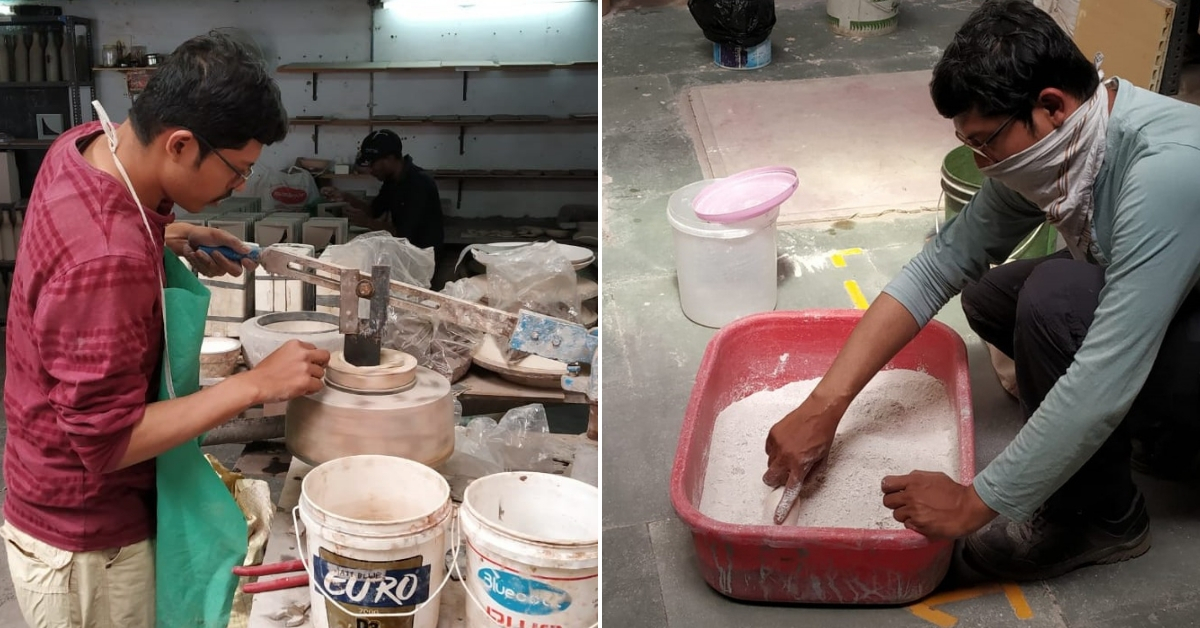

“Plastic can be recycled many times. Even though it takes millions of years for plastic to decompose, it does decompose (not to forget bio-plastics); while ceramic remains for even longer time or perhaps forever. That’s what archaeology has shown us. Though ceramic does not affect ecology adversely, it just lies there like a dead weight, unutilised. It has not been recycled, only dumped from one place to another. Well, until now,” Shashank says excitedly.
So, he decided to give life to these rejects by recycling them into eco-friendly tableware. Currently, in the experimental stage, Shashank created prototypes made of 70 per cent recycled ceramic and 30 per cent fresh clay. How did he go about it?
“The fired rejects are crushed to a fine powder. This powder forms the major portion of the product with virgin clay used in lesser quantities to act as a natural binder to make the product. We have been able to develop slip (liquid clay) using this composition, which enables us to do the casting. With the help of slip casting, it is now possible to develop complicated forms using this material,” Shashank explains.
He further shares that his experiments have been showing promising results.

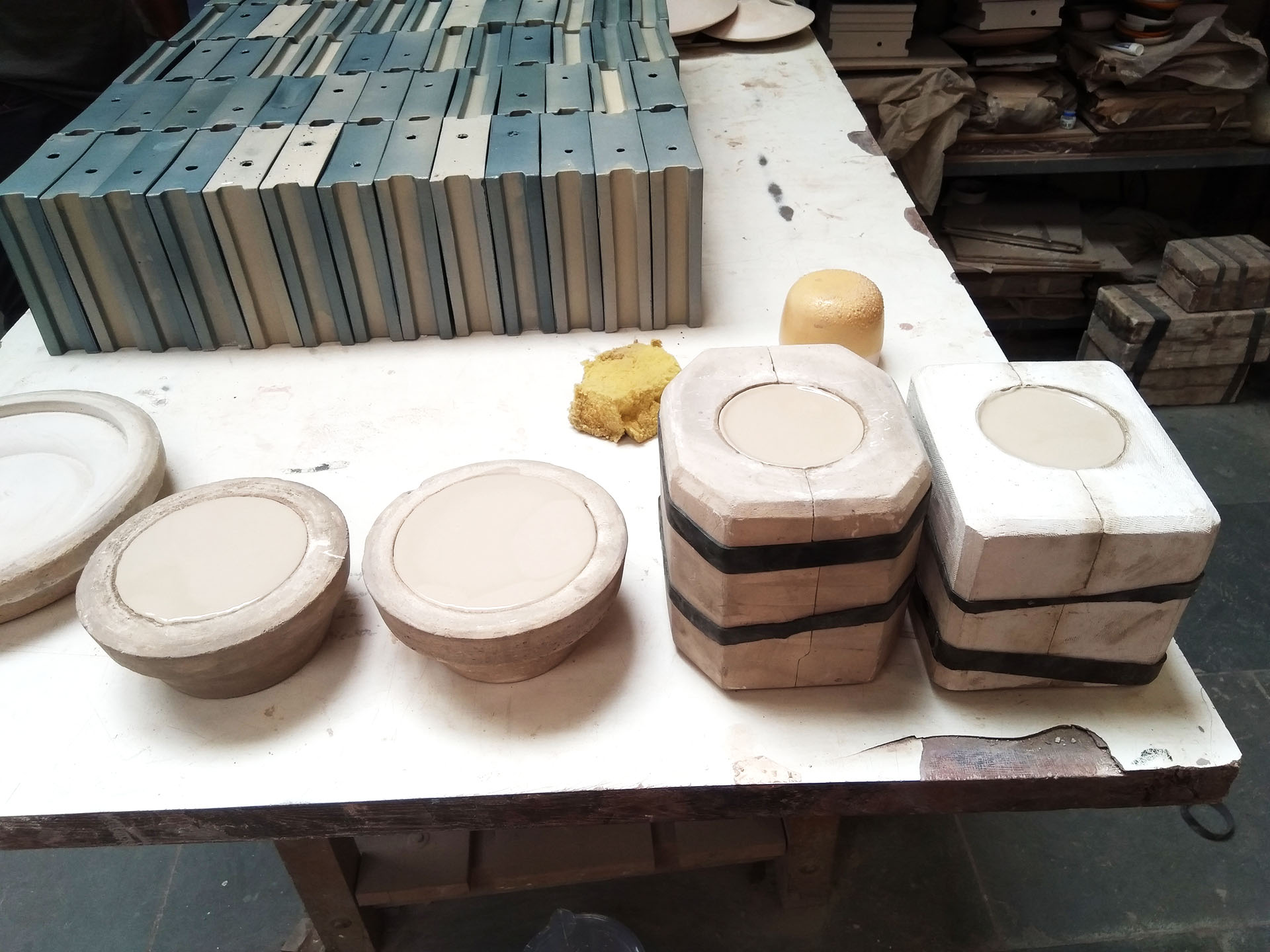

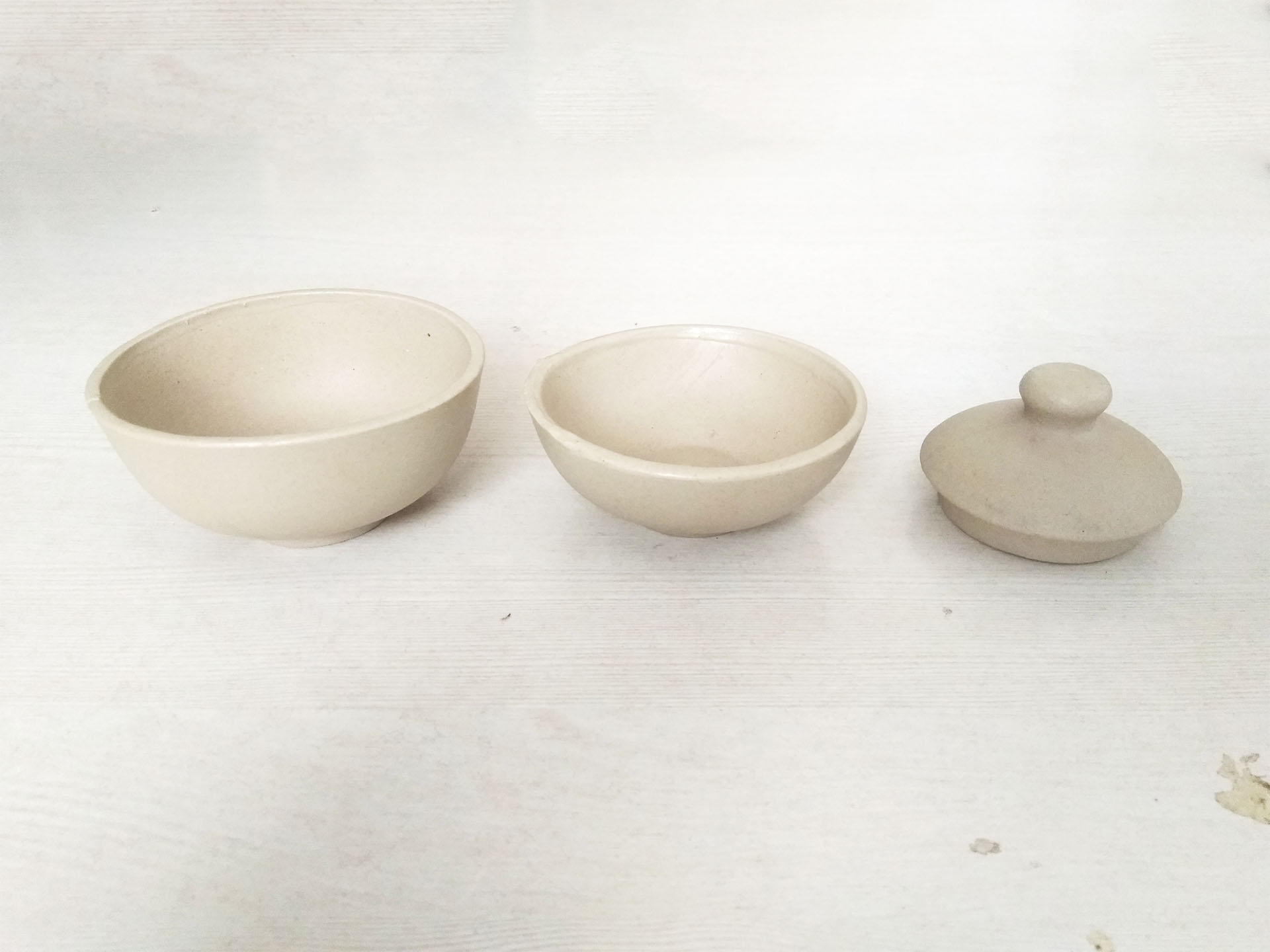
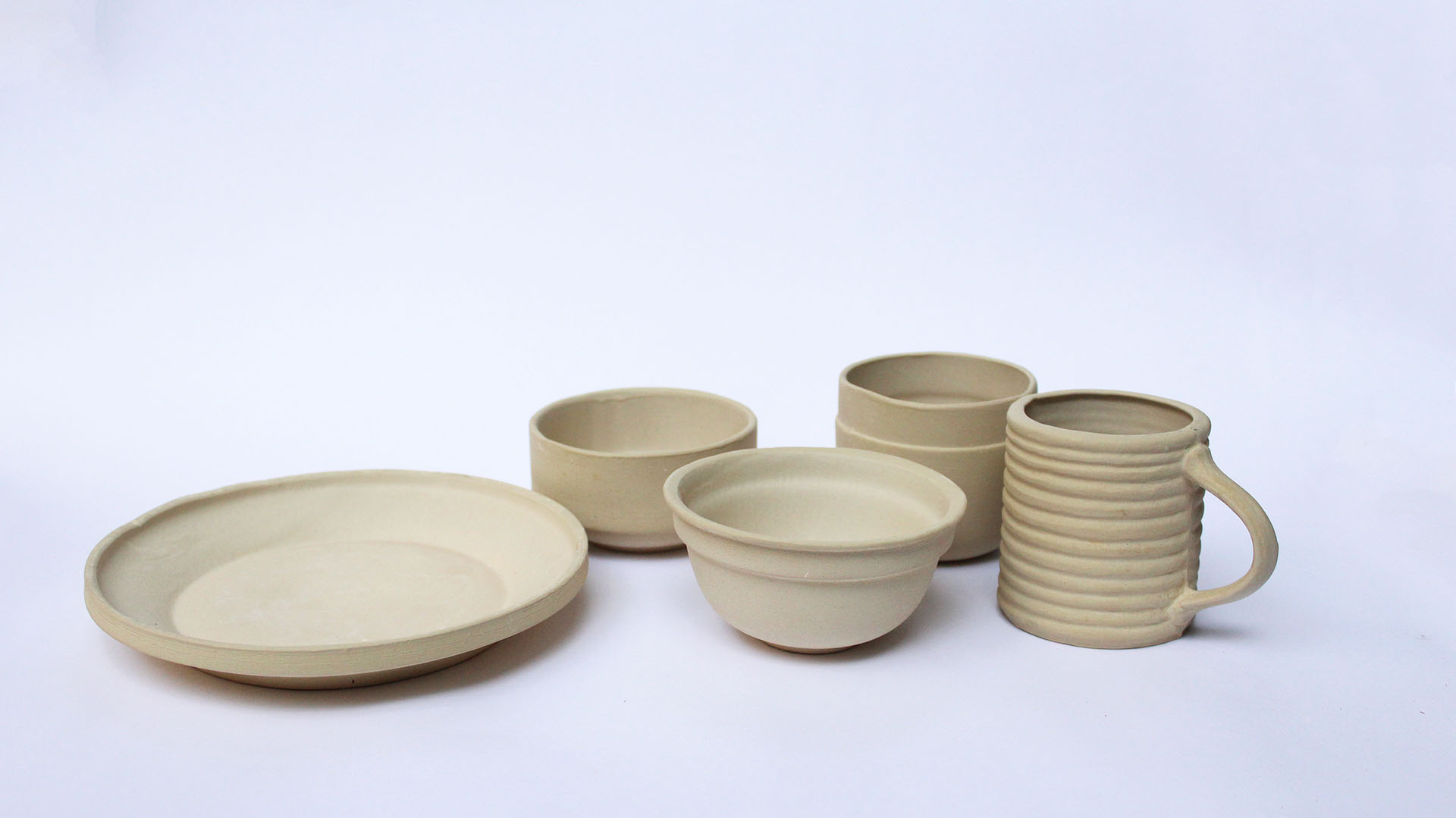
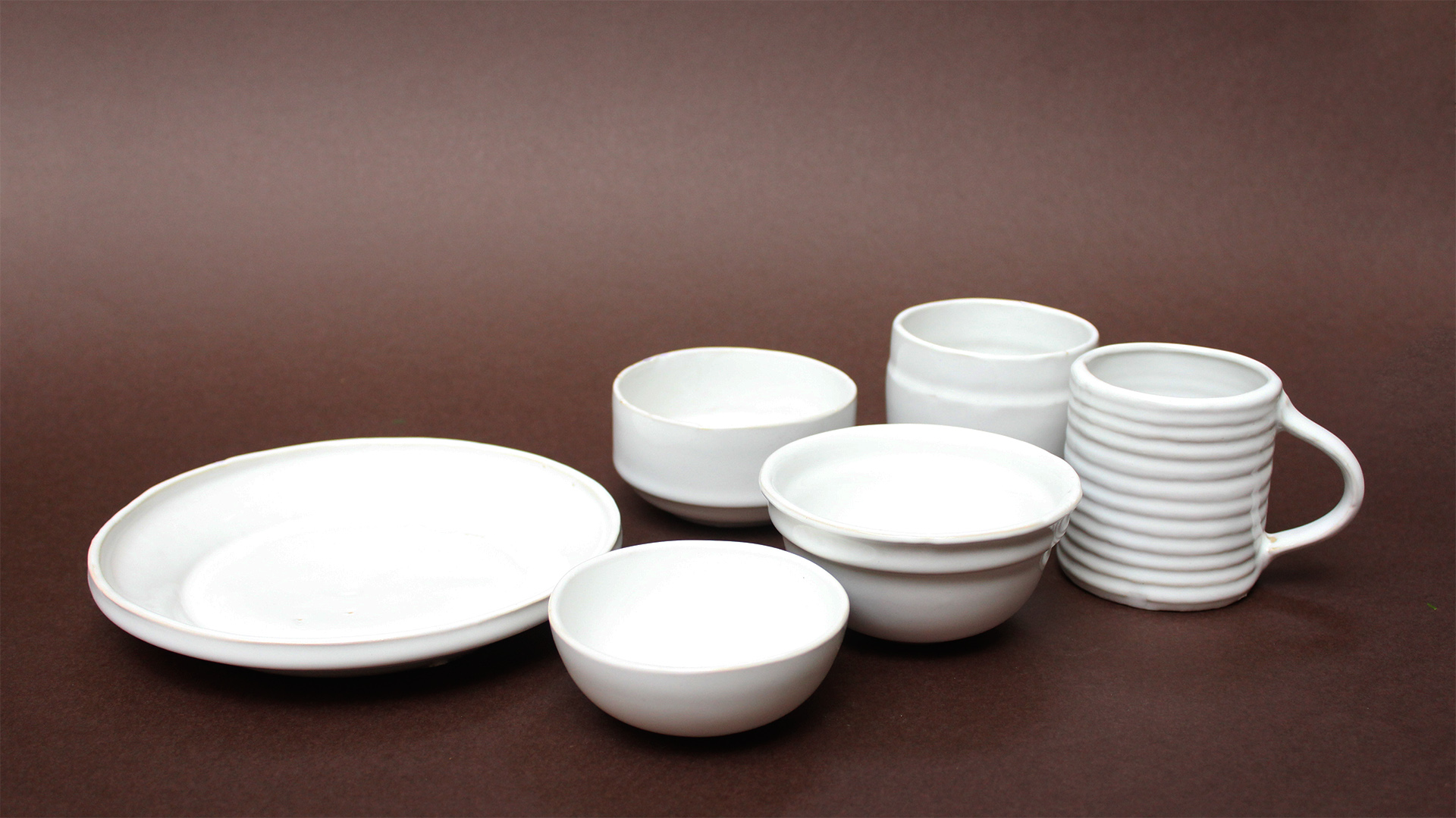
“However, to make it production-friendly, I am planning to use 50 per cent of recycled ceramics to start with, while simultaneously experimenting with even higher percentages of recycled content. Using 50 per cent of recycled ceramics proves to be a major step forward,” he clarifies.
The advantages of this new material include reduction of mining of resources used to make ceramic products, productive disposal of waste through recycling, energy and cost-effectiveness and quick casting time for production. And aesthetics? “The products made out of this clay body are at par with traditional ceramics. Each ware is coated with a layer of fresh glaze making it completely food safe,” he adds.
You may also like: Gold out of Industrial Waste? This Mumbai-Based Researcher Has the Answer!
On an ending note, Shashank highlights that his project, most importantly, focuses on saving the planet. “The present rate at which we are consuming resources, we will soon need two planets to fulfil our consumerist demands. Our actions can’t be undone if it’s too late. So, next time when you plan to throw away your old plates, bowls and vases, think again!” he ends.
To know more about Shashank’s endeavours on recycling ceramic waste, you can write to him at [email protected].
(Edited By Saiqua Sultan)
Like this story? Or have something to share?
Write to us: [email protected]
Connect with us on Facebook and Twitter
If you found our stories insightful, informative, or even just enjoyable, we invite you to consider making a voluntary payment to support the work we do at The Better India. Your contribution helps us continue producing quality content that educates, inspires, and drives positive change.
Choose one of the payment options below for your contribution-
By paying for the stories you value, you directly contribute to sustaining our efforts focused on making a difference in the world. Together, let's ensure that impactful stories continue to be told and shared, enriching lives and communities alike.
Thank you for your support. Here are some frequently asked questions you might find helpful to know why you are contributing?


This story made me
-
97
-
121
-
89
-
167














